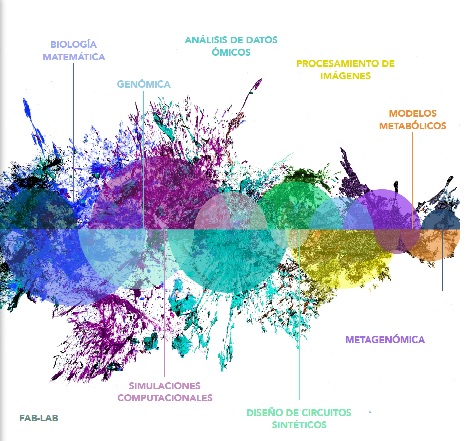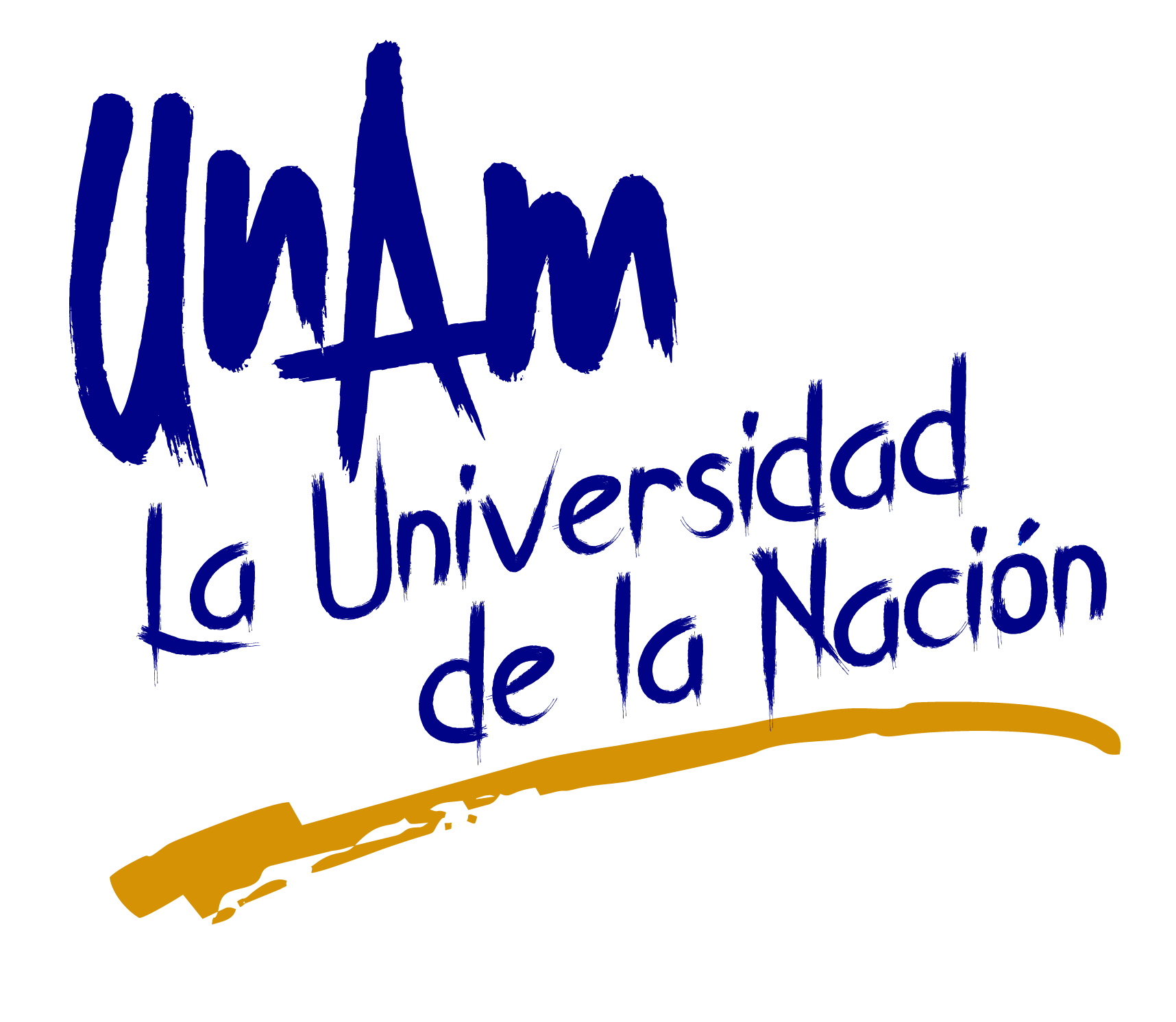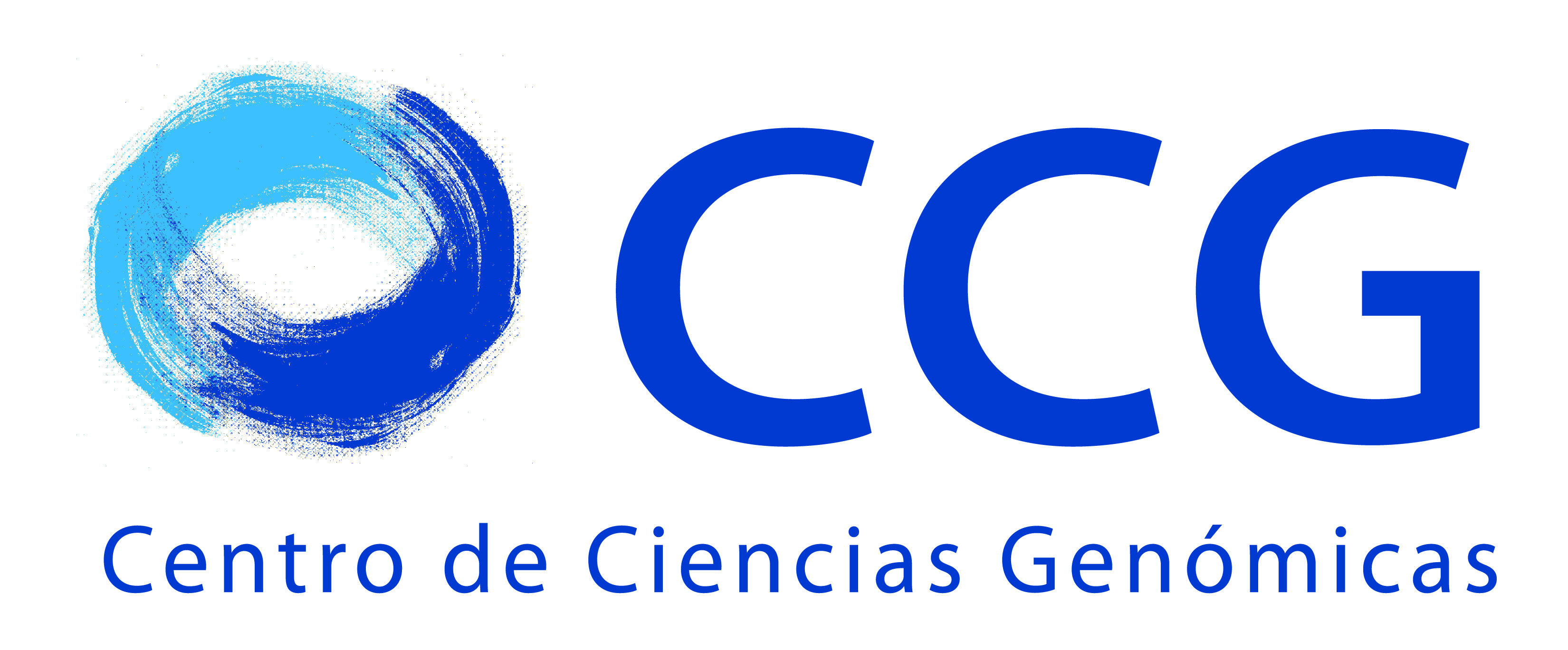RegulonDB
Curation and Computational Design of the Escherichia coli K-12 Transcriptional Regulatory Network, its Operon Organization, and Growth Conditions
RegulonDB (beta version) can be accessed at http://regulondb.ccg.unam.mx
History
We have for years, curated the scientific literature of gene regulation and operon organization in E.coli K-12. The first gathering effort and analysis of a large body of promoters and their regulation in E.coli was published in the early 90s (Collado-Vides, Magasanik and Gralla 1991). This, and an expanded version few years later (Gralla and Collado-Vides, 1996), provided the biological content to its electronic version, as a relational database, in RegulonDB initially published in 1998 (Huerta et al., 1998). Years later, we entered the EcoCyc team with Monica Riley, Milton Saier and Peter Karp and the first version of EcoCyc with regulatory information was published in 2002 (Karp et al., 2002). We are the source of curation that feeds both RegulonDB and EcoCyc.
An appreciation of the increase in knowledge accumulated that this effort has provided can be seen in Table "Summary of RegulonDB information by year" located at the RegulonDB web site..
RegulonDB version 5.0
RegulonDB is currently the internationally recognized reference database of Escherichia coli K-12 offering curated knowledge of the regulatory network and operon organization. It is currently the largest electronically-encoded database of the regulatory network of any free-living organism. We are working currently in the launching January, 2006 of RegulonDB version 5.0 radically different in content, in interface design, and capabilities compared to its previous version.
The continuous curation of original scientific literature into the database is always supporting the type of evidence behind every single object and feature.
This knowledge is complemented, only in RegulonDB, with comprehensive computational predictions across the complete genome. Literature-based and predictions are clearly distinguished in the database.
Starting with this version, RegulonDB public releases are synchronized with those of EcoCyc to avoid potential confusions of different versions of the knowledge content.
What is new in version 5.0
The complex biology of regulation is simplified in a navigation scheme based on three major streams: genes, operons and regulons. Regulatory knowledge is directly available in every navigation step. Displays combine graphic and textual information, and are organized allowing different levels of detail and biological context. This knowledge is the backbone of an integrated system for the graphic display of the network, graphic and tabular microarray comparisons with curated and predicted objects, as well as predictions across bacterial genomes, and predicted networks of functionally related gene products.
References
Collado-Vides J., Magasanik B. and Gralla J.D. (1991) "Control site location and transcriptional regulation in Escherichia coli" Microbiol. Reviews . 55 :371-394
Gralla J.D., and Collado-Vides J. (1996) "Organization and Function of Transcription Regulatory Elements" Chap. 79 In: Neidhardt F.C., Curtiss III R., Ingraham J., Lin E.C.C., Low K.B., Magasanik B., Reznikoff W., Schaechter M., Umbarger H.E. and Riley M. (eds) Cellular and Molecular Biology: Escherichia coli and Salmonella. 2nd ed. Washington, D.C. American Society for Microbiology pp.1232-1245
Huerta A.M.; Salgado H.; Thieffry D., and Collado-Vides J. (1998) "RegulonDB: A Database on Transcription Regulation in Escherichia coli" Nucleic Acids Res. 26 : 55-60
Karp P.D., Riley M., Saier M., Paulsen I.T., Collado-Vides J., Paley S.M., Pellegrini-Toole A., Bonavides C., Gama-Castro S. (2002) "The EcoCyc Database" Nucleic Acids Res. 30: 56-58
Acknowledgements
This work was supported by NIH grants GM62205-02 and 1-R01-RR07861. We acknowledge Bruno Contreras-Moreira and Mónica Peñaloza-Spínola for their contribution to the curators team; Delfino García-Alonso, Christian A. Avila-Sánchez and Víctor del Moral for their computer support, and Rosemary Martínez for her contribution to the design of the main web page of version 5.0









